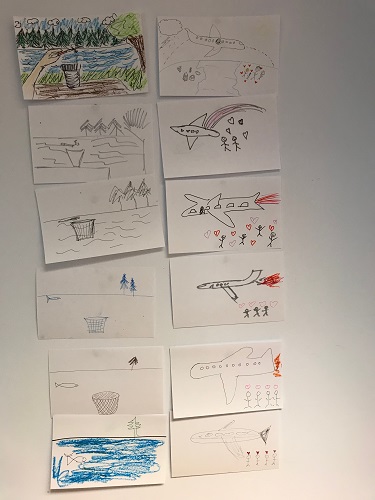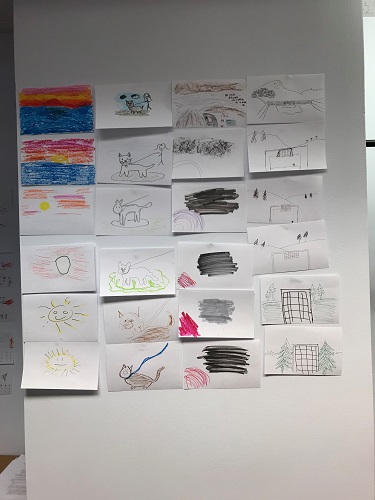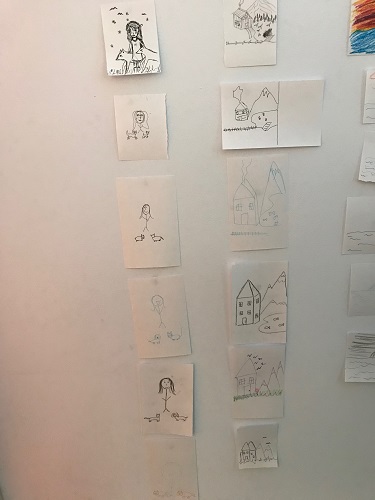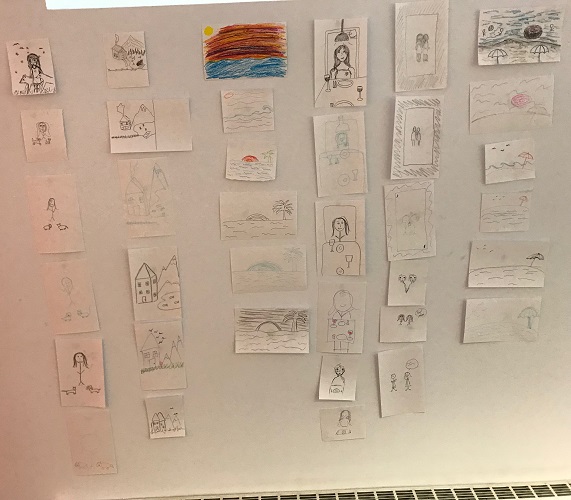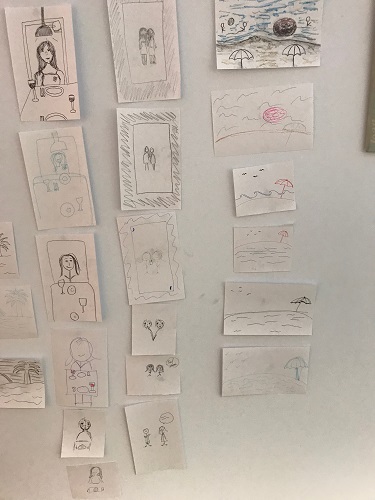Example:
This project was tested out by Dawson students and faculty for the 2016 SPACE exhibition.
BROKEN TELE/VISION: AN EXPERIMENT IN SUCCESSIVE VISUALIZATIONS
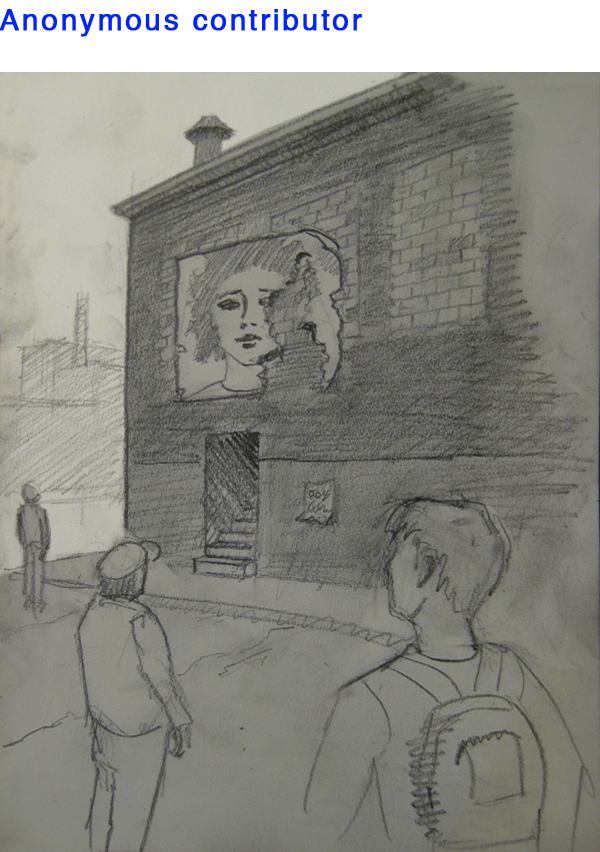
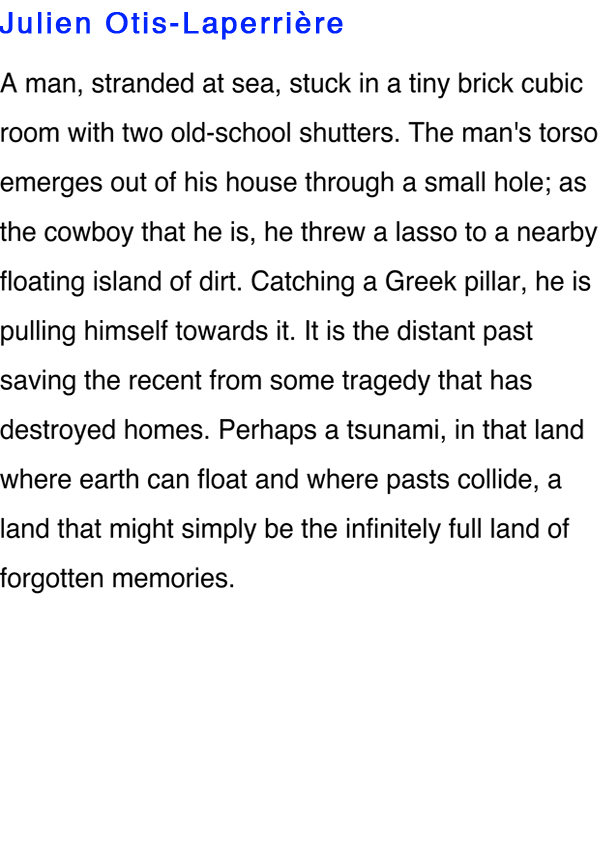
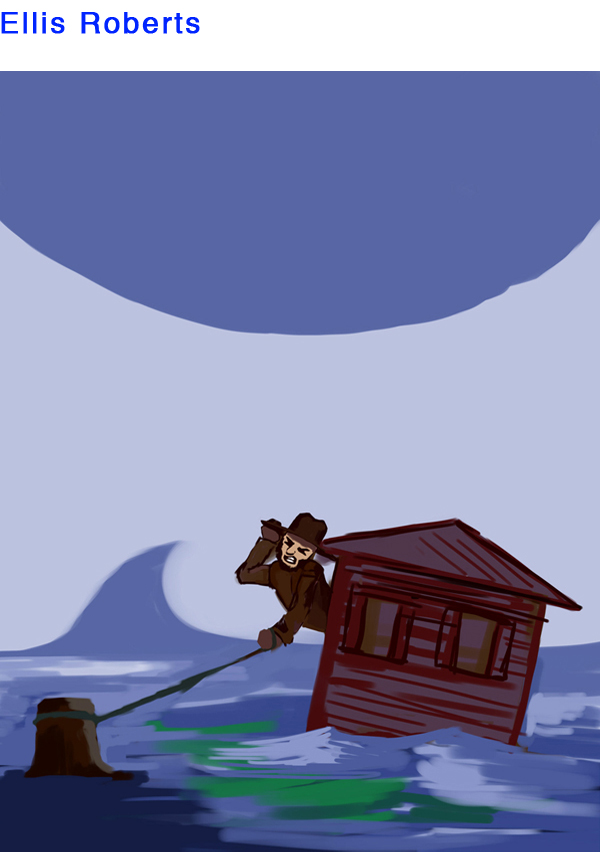
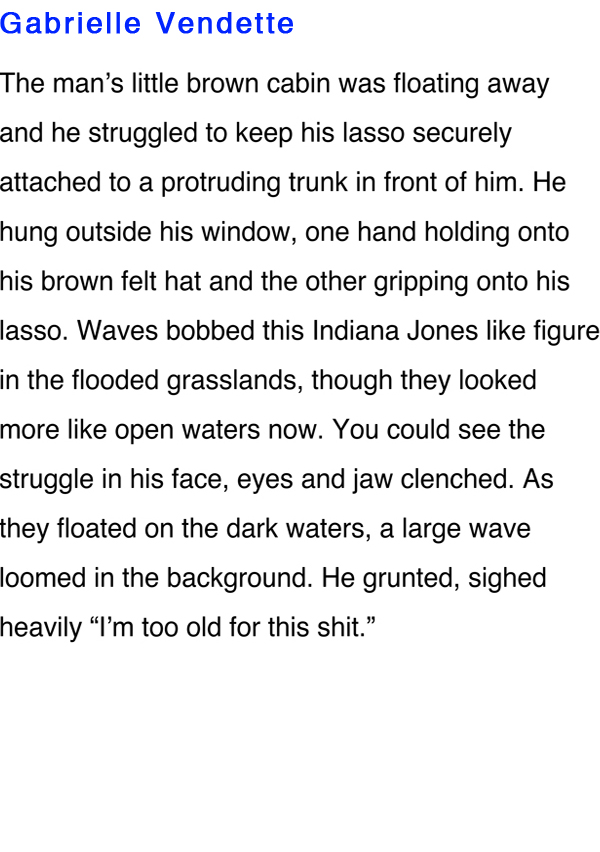
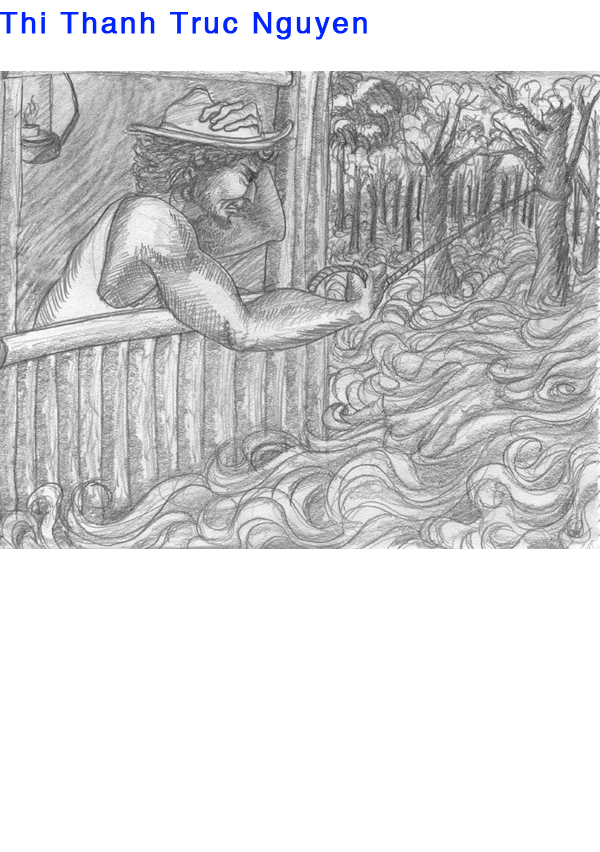
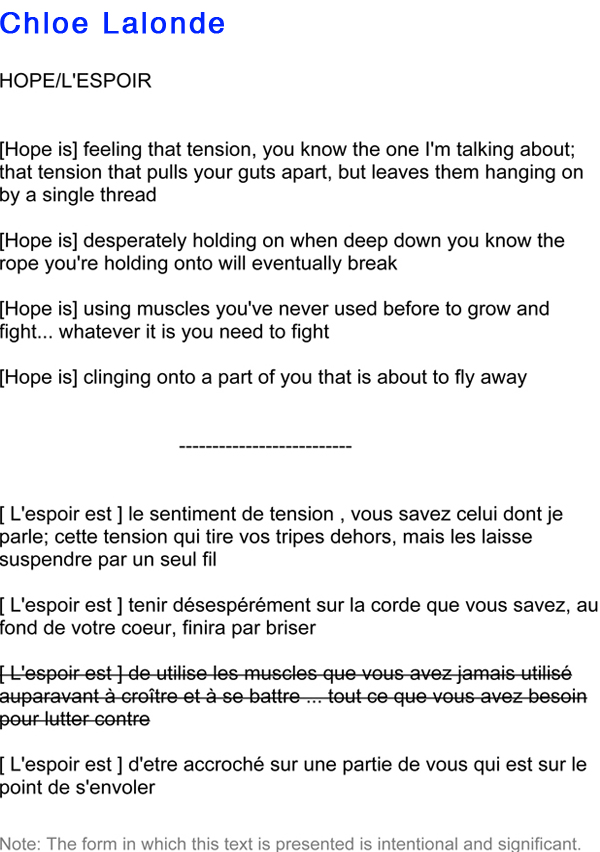
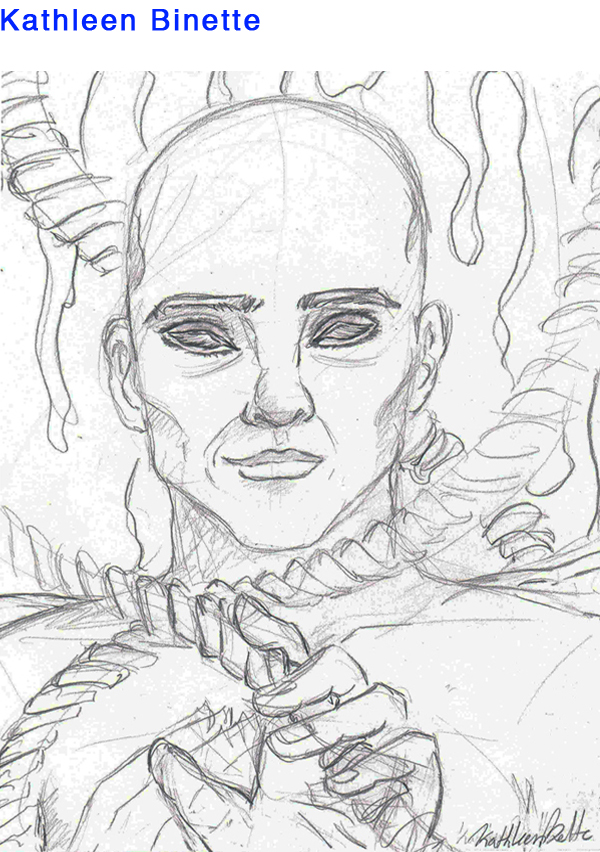
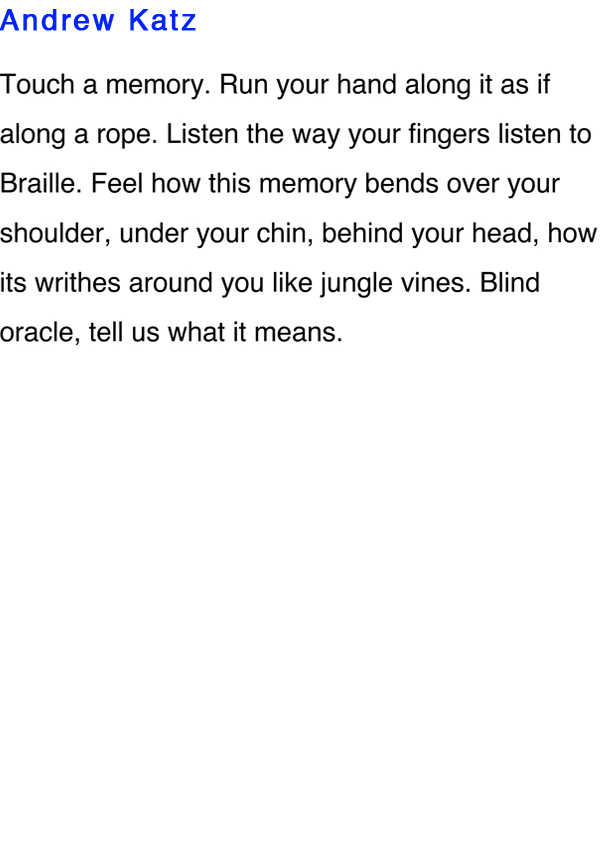
*Note: the word television combines the Greek tele- “far” to Latin visio “seeing”*. Project link.
All of the images and texts from this project, here.
*Note: Instead of hands-on drawing, students could alternatively use their phones or computers to create images.
***
Another kind of Broken Tele/vision exercise that is interesting on many levels is outlined by artist Marlon Kroll who is interested in memory and interpretation.
Some ideas linked with this activity include sharing, active listening, different ways of seeing and understanding things, compassion and empathy, and deep looking.
